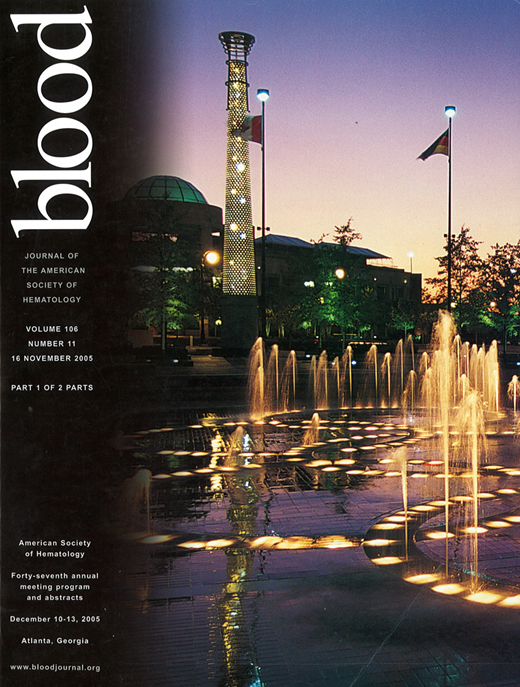Abstract
Rituximab has revolutionized the treatment outcome of non-Hodgkins lymphoma (NHL) patients but its role in retreatment in all NHL patients is not yet established. Therefore, the Israel Rituximab Retreatment Study Group was organized in order to summarize retrospectively the treatment results of B-cell NHL patients who received ≥ 2 rituximab treatments. Eighty-eight NHL patients from 13 medical centers were enrolled, 39 males, 49 females with a mean age of 57.3 years (range 26–88). Sixty-four patients (73%) had indolent lymphoma (21- follicular grade I, 17 follicular grade II, 10-follicular grade III, 9-small lymphocytic, 6- MALT, 2- marginal zone, 1-lymphoplasmacytic). Eighteen patients (20%) had aggressive lymphoma [diffuse large B-cell lymphoma (DLBCL)] and 6 patients had mantle cell lymphoma. Fifty-nine patients received one regimen of chemotherapy and 23 patients received 2 chemotherapy regimens before the first treatment with rituximab. There was no significant difference in the median time to progression (TTP) after the first rituximab treatment whether the patient received no previous chemotherapy or 1 or 2 previous chemotherapy regimens (12 vs 12 vs 14 months, respectively). All patients received 2 courses of rituximab, 33 patients-3 courses, 6 patients -4 courses and 2 patients-5 courses, with a mean of 4.4 doses in each course (range 1–8). Only 45 patients received any treatment after the second course of rituximab. The first course of rituximab was administered alone in 46 patients and with chemotherapy in 42 (24 CHOP, 6 COP, 6 FC, 2 chlorambucil, 1 LMP, 1 DVIP, 1 ESHAP, 1 MACOP-B). There was no difference in the median time to next treatment (TTNT) whether the rituximab was given alone or with chemotherapy (16 and 14 months, respectively). The second course of rituximab was administered alone in 46 patients and with chemotherapy in 42 patients (13 CHOP, 11 FC, 6 COP, 5 ICE, 3 ESHAP, 2 HyperCVAD, 1 CNOP 1 VEEP). The addition of chemotherapy did not change the overall response (CR and PR) to the second rituximab treatment (72% in rituximab alone vs. 69% in rituximab with chemotherapy, in indolent lymphoma patients 76% vs. 72%, in aggressive lymphoma patients 70% vs. 62.5%, respectively). TTP after the second rituximab treatment was similar or possibly longer than after the first treatment (median 14 and 12 months, mean 23.4 and 16.2 months respectively).
Conclusions: The response to a second rituximab treatment is the same whether the rituximab is given alone or combined with chemotherapy. TTP after retreatment with rituximab is as good as after the first treatment. Prospective studies should examine the treatment benefit of adding chemotherapy to a second treatment with rituximab.
Author notes
Corresponding author

